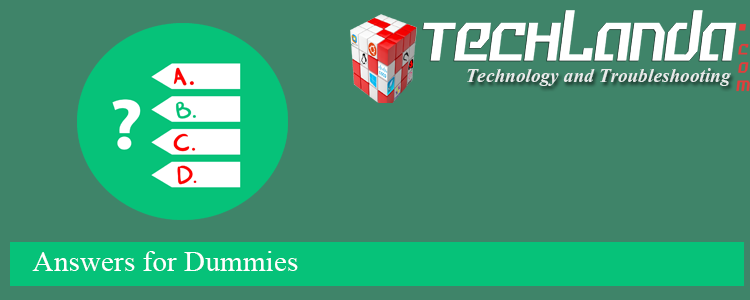-
Intel
-
Xerox
-
IBM
-
Digital Equipment Corp
EXPLANATION
Ethernet is a family of computer networking technologies commonly used in local area networks (LAN), metropolitan area networks (MAN) and wide area networks (WAN).
[1] It was commercially introduced in 1980 and first standardized in 1983 as IEEE 802.3, and has since retained a good deal of backward compatibility and been refined to support higher bit rates and longer link distances. Over time, Ethernet has largely replaced competing wired LAN technologies such as Token Ring, FDDI and ARCNET.
The original 10BASE5 Ethernet uses coaxial cable as a shared medium, while the newer Ethernet variants use twisted pair and fiber optic links in conjunction with switches. Over the course of its history, Ethernet data transfer rates have been increased from the original 2.94 megabits per second (Mbit/s)
[2] to the latest 400 gigabits per second (Gbit/s). The Ethernet standards comprise several wiring and signaling variants of the OSI physical layer in use with Ethernet.
Systems communicating over Ethernet divide a stream of data into shorter pieces called frames. Each frame contains source and destination addresses, and error-checking data so that damaged frames can be detected and discarded; most often, higher-layer protocols trigger retransmission of lost frames. As per the OSI model, Ethernet provides services up to and including the data link layer.
[3] The 48-bit MAC address was adopted by other IEEE 802 networking standards, including IEEE 802.11 Wi-Fi, as well as by FDDI, and EtherType values are also used in Subnetwork Access Protocol (SNAP) headers.
Ethernet is widely used in homes and industry. The Internet Protocol is commonly carried over Ethernet and so it is considered one of the key technologies that make up the Internet.
DEC,
Intel and
Xerox through their collaboration to create the DIX standard, were champions of
Ethernet, but DEC is the company that made Ethernet commercially successful. Initially, Ethernet-based DECnet and
LAT protocols interconnected VAXes with
DECserver terminal servers. Starting with the
Unibus
to Ethernet adapter, multiple generations of Ethernet hardware from DEC
were the de facto standard. The CI "computer interconnect" adapter was
the industry's first network interface controller to use separate
transmit and receive "rings".


